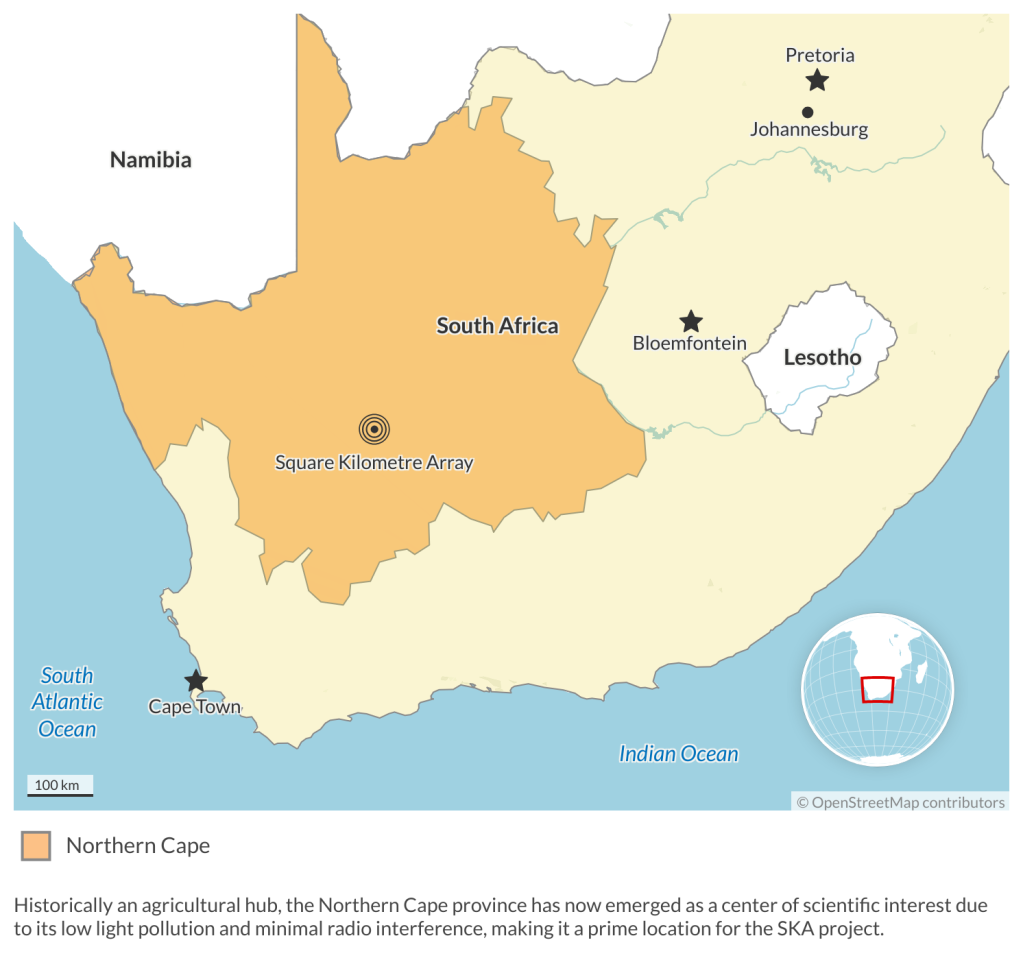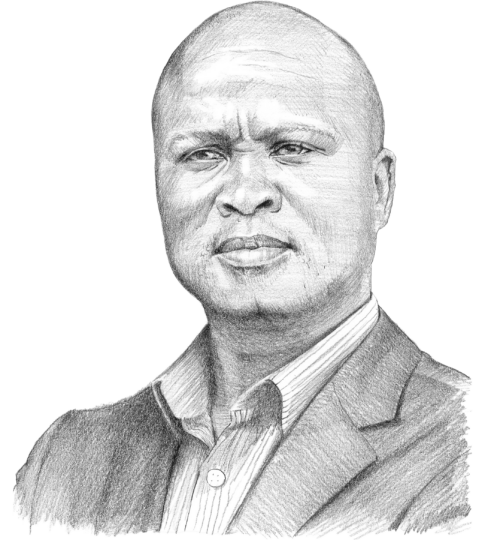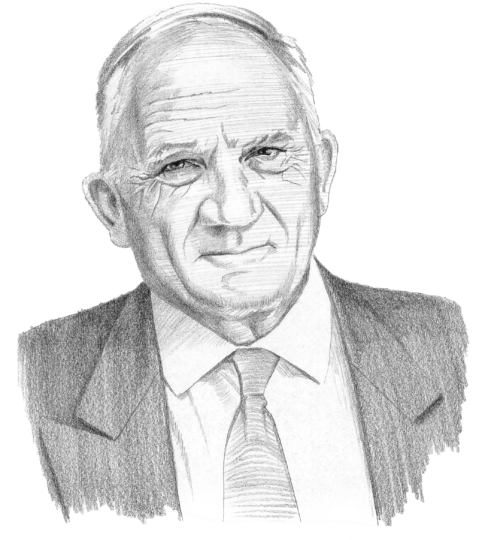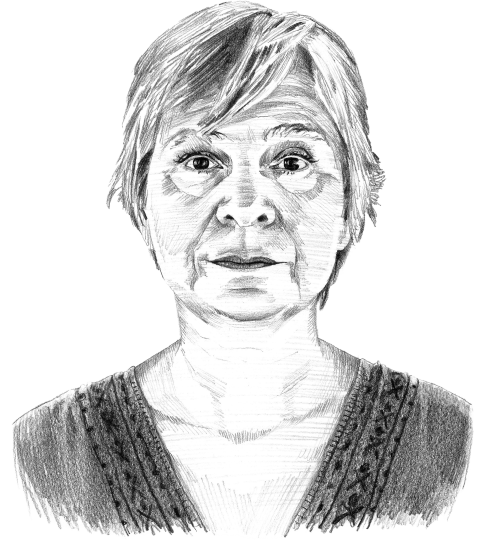The economic potential of African radio astronomy
Advancement of the Square Kilometre Array radio telescope promises economic benefits for participating countries, provided that geopolitical factors do not impede its progress.
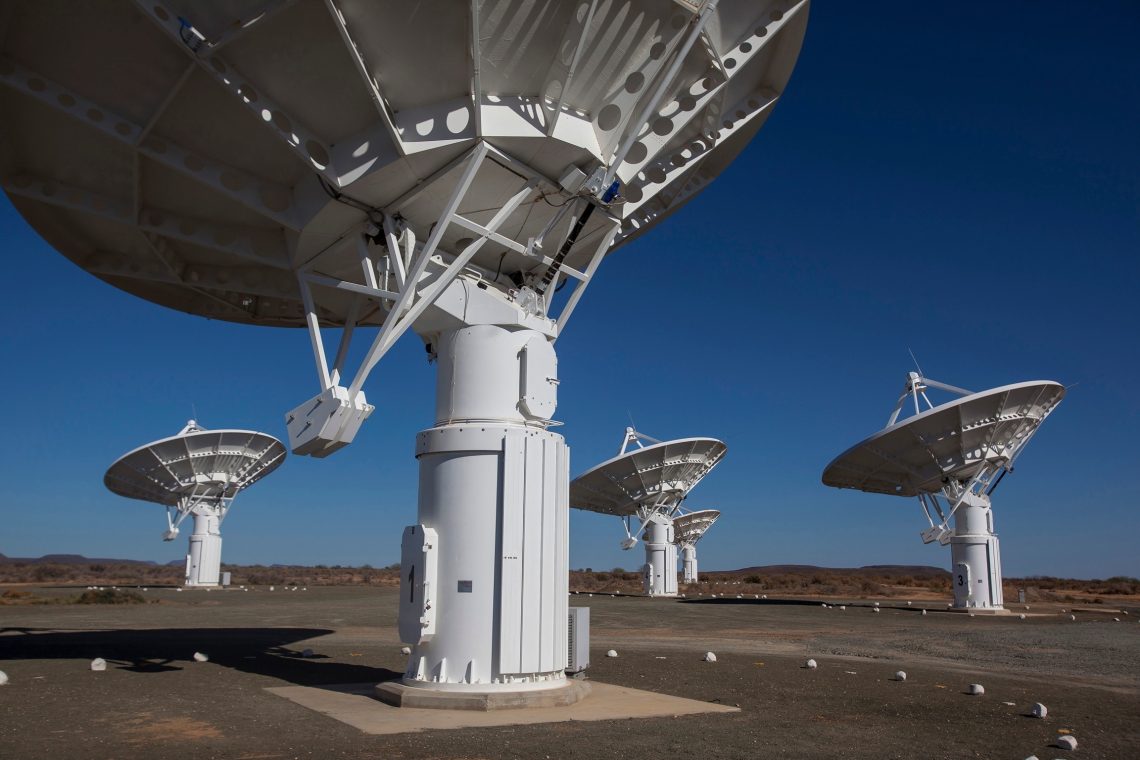
In a nutshell
- Developing the SKA will require more investments in education and infrastructure
- This could result in a broad range of scientific breakthroughs and economic benefits
- Tensions between the U.S. and China could hinder the project
While recent news from Africa has been dominated by political upheaval and coups, this coverage often overshadows significant strides in innovation and science across the continent. Chief among these is the Square Kilometre Array (SKA) radio telescope, designed to capture unprecedentedly detailed images of deep space from southern skies. The project has the potential to become a powerhouse for the growth and development of the African knowledge economy.
Building the world’s largest telescope
The full instrument is being built incrementally and will eventually comprise some 3,000 radio antennae, spanning nearly 5,000 kilometers across eight African nations plus Australia. Already, the first phases of the 50-year project have contributed to new scientific breakthroughs, new technologies and economic opportunities for Africa and its international partners, for example increased connectivity in rural regions.
To prove the concept, an instrument with seven dishes was initially built on the SKA site in the Karoo, a remote and arid region in the Northern Cape province of South Africa. Following Africa’s selection, the precursor instrument was expanded, with a further 64 dishes built for an instrument called the MeerKAT Radio Telescope. MeerKAT was designed and built in the Northern Cape province by South African industries, and the project was completed on time and within budget.
Facts & figures
What is radio astronomy?
Radio astronomy is the study of celestial objects that emit radio waves. Unlike optical telescopes, radio telescopes detect radio frequencies emitted by stars, galaxies and other astronomical objects.
Radio telescopes generate huge data volumes, advancing big data technologies. In turn, this can drive technological breakthroughs in fields like signal processing and software development. Radio telescopes require sustainable, powerful energy sources, providing an incentive to invest in energy infrastructure.
According to Professor Justin Jonas, a South African astronomer at Rhodes University who was instrumental in South Africa’s bid, “The data rate produced by the MeerKAT is comparable to the entire internet bandwidth worldwide, making the operation of the telescope a significant big-data challenge. … The MeerKAT has surpassed all expectations, even capturing the best-ever image of the center of our galaxy.”
The next phase will focus on infrastructure, engineering, writing software and industrializing hardware. South Africa plans a further 196 dishes by 2027. The MeerKAT is to be eventually integrated into the SKA-Mid, as part of the African Very Long Baseline Interferometry Network of the eight SKA partner countries in Africa.
Facts & figures
International involvement
The organization handling the process, the Square Kilometre Array Observatory (SKAO), has its head office in the United Kingdom. At this stage, eight countries have signed the SKA treaty: Australia, China, Italy, Portugal, South Africa, Switzerland, the Netherlands and the United Kingdom. The SKAO is continually negotiating with more countries to sign up and the plan beyond 2030 is to include other African countries as full members. The organization is also looking into bringing in Middle Eastern countries like the United Arab Emirates and Saudi Arabia, while Japan and South Korea are looking to join as well.
Surprisingly, the United States is not a member. Its refusal to participate in the SKA project stemmed from prioritization decisions within the American astronomical community, which faced budget constraints. Still, there is regular contact between the SKAO and the American National Radio Astronomy Observatory.
The U.S. is currently working on a project similar to the SKA called the next generation Very Large Array (ngVLA), which it plans to extend into Mexico. There are concerns within the American security community about China’s involvement in the SKA. At the same time, many worry that if the U.S. does not participate in the project, it could miss out on significant scientific advancements and knowledge.
Full membership opens the door to commercial participation. The SKA’s procurement model is based on a rule called “just return,” which means member countries get back 70 percent of the value they invest. This led to the relocation of satellite-dish manufacturing from Germany to China, a decision that led to some dissatisfaction in Europe and the U.S. The intellectual property (IP) policy of the SKAO is that all foreground IP, which includes new technologies developed during the project, is owned by the organization. This policy has been agreed upon by all member states, including China. However, background IP, which refers to pre-existing technology brought into the project, remains the property of the original developer.
African astronomy boom
Historically, the UK, the U.S., the Netherlands, Germany, France, Italy and Australia were leaders in radio astronomy, but today India and China are building more telescopes than all those countries combined. South Africa was the leader of an African consortium with eight partner countries – Botswana, Ghana, Kenya, Madagascar, Mauritius, Mozambique, Namibia and Zambia – that won the bid to host the SKA.
The African bidders understood that they would need to upgrade the available skills in radio astronomy science and engineering research, as well as the technical capacity required to support site operations if they won. This led to a significant leap forward in competencies and expertise, contributing to the advancement of Africa’s knowledge economy.
Since 2005, the SKA steering committee has spent 10-20 percent of its budget on bursaries. African partner countries like Ghana and Ethiopia received funding from the South African Department of International Relations and Cooperation for training and infrastructure. A donated telecommunications dish was turned into a radio telescope in Ghana.
Approximately 100 scientists in Africa now specialize in astronomy, resulting in a growing output of academic papers. To date, South Africa has published around 500 papers, Egypt 100 and Nigeria 50. The expertise of African astronomers and engineers is increasingly recognized in academic, astronomical and business circles.
The South African Radio Astronomy Observatory (SARAO), a national astronomy facility of the National Research Foundation, has been created to implement South Africa’s strategic investments in radio astronomy. In addition to the SKA headquarters in the UK, there are now SKA offices in Cape Town (close to SARAO offices for collaboration) and in Geraldton, Australia.
Read more on space
Space invaders: The rise of commercial firms
Private companies are harnessing space technology that can directly influence state actors, blurring the lines between commercial and national capabilities.
The SKA has already delivered an important education dividend, which is bound to grow exponentially as the project rolls out, though the potential effect of its technology on the economy is underreported.
A major scientific initiative involving a radio telescope like the SKA extends beyond mere space study; it promotes the development of innovative technologies. Approximately half of this telescope operates on software, rendering it highly efficient in data management, with broad applications across various fields. For instance, a Cape Town-based company engineered a unique system capable of tracking aircraft using conventional radio signals, demonstrating how standard radio broadcasts can contribute to aviation monitoring. Furthermore, a local venture originating from this project established a data storage system that now offers solutions to sectors such as banking and weather forecasting.
Big data is an area of promise. The SKA has been working to develop institutional capacity in Botswana, Namibia, Madagascar and Mauritius with Development in Africa with Radio Astronomy (DARA) and the Newton Fund to train people in big data capacity for applications in agriculture, health and other developmental fields.
Former MeerKAT engineer Dr. Francois Kapp notes the potential benefits of implementing a modest, budget-friendly array similar to Caltech’s DSA 2000 in various African nations. He suggests that such an array would be instrumental in gaining expertise in technologies applicable to ground stations for space and communication satellites. Additionally, he believes this could be a lucrative opportunity for space exploration firms, considering the current absence of such facilities in Africa and the anticipated growth in space travel and commerce.
The challenge of powering the SKA’s extensive processing needs also presents an opportunity. Developing technology to meet these requirements is complex. A fully isolated solar power system is not financially viable under current circumstances, leaving the issue unresolved. Nuclear energy is considered a potential solution, although there is opposition from countries like Germany. This opposition may change following the support for nuclear power at the recent COP28 meeting in Dubai. It is speculated that within five years, a small modular reactor capable of producing 20 megawatts might prove suitable, particularly if a reactor that does not require water cooling can be developed.
The field of radio astronomy, particularly through the SKA project, has fostered a wealth of specialized skills. This talent pool has attracted various corporations, ranging from banks to tech giants like Google, who are keen to enhance their teams with these skilled professionals. Just as the race to the moon led to inventions like Velcro and pens that can write in space, the SKA is already introducing new technologies in areas such as telecommunications, software and big data. Moreover, it holds promising prospects for future innovations in space commerce and power generation.
Scenarios
Most likely scenario: Growth of the African knowledge economy
The ongoing investments in the SKA are expected to boost the development of African scientists and provide them with valuable work experience. This will enhance the pool of knowledgeable workers in Africa. Additionally, the need for new technologies is likely to spark more innovation and open up business opportunities for African companies. Over time, this growth in the knowledge economy will benefit the eight African partner countries and their neighbors, potentially leaving behind countries that do not participate. The expansion in science and mathematics professionals will foster progress and possibly major advancements in sectors like health, agriculture, education and energy.
Moderately likely scenario: International tensions and resource competition
This scenario would arise from intense competition among global powers like Europe, the U.S. and China over resources such as rare earth minerals. In this context, the SKA could become a point of contention. For example, Washington might demand China’s exclusion from the SKA as a condition for its participation, leading to potential conflicts in membership, especially for European countries. China and BRICS nations might respond by asserting their influence in the SKA, possibly even developing space warfare capabilities at African radio astronomy sites. This division between pro-U.S. and pro-China countries could hinder the project’s potential for boosting Africa’s knowledge economy and, in the worst case, lead to its failure.
Less likely scenario: Global partnership
For this scenario to unfold, countries like the U.S., Japan and South Korea would need to join the SKA, and China would have to adhere to security and intellectual property norms. African radio astronomy would become a model for global cooperation, transcending national or self-interested goals. This could lead to a surge in innovation and invention, positioning Africa as a central hub for global growth in the 21st century.
For industry-specific scenarios and bespoke geopolitical intelligence, contact us and we will provide you with more information about our advisory services.

